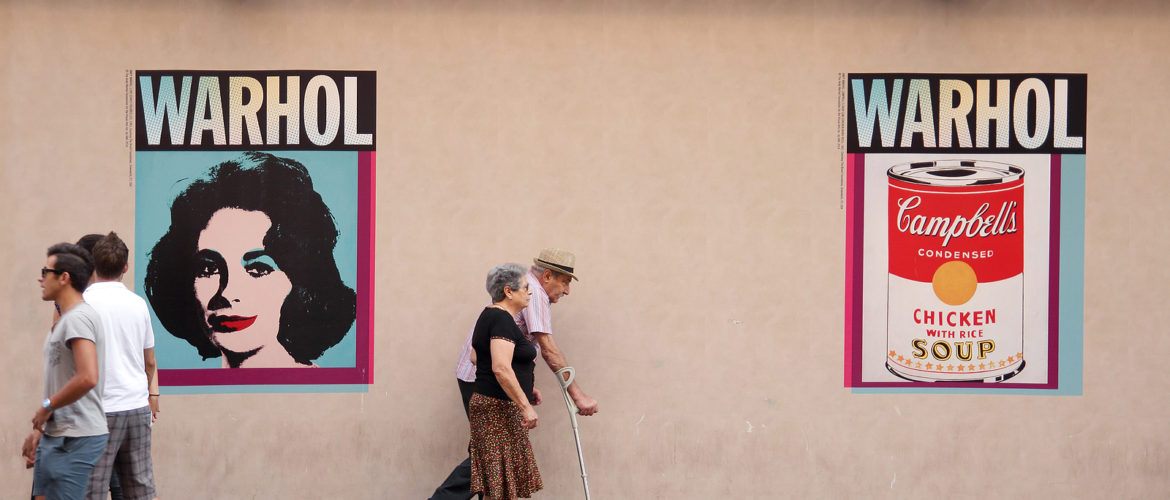Beyond the Soup Can: Exploring the Depth of Andy Warhol Art

Many associate Andy Warhol art with colorful self-portraits, Marilyn Monroe, and soup cans. However, the artist has managed to leave a huge footprint in art history and tradition. A chronicler of American consumerism, Warhol dwelt on many troubling topics and offered insightful artistic commentary on a variety of issues. Here is a glimpse of deeper-level messaging traceable across his creative portfolio.
What Is Andy Warhol Art About?
Most of Warhol’s art seems to relate to consumer culture in a certain way. However, a deeper dive into his ideas of mortality, meaning, and the essence of modern existence shows that Warhol was troubled by the existential crisis of consumerism. Some experts even note that Warhol’s obsession with image repetition wasn’t a mere stylistic choice. Instead, it reflected the artist’s critique of endless, mechanistic duplication of consumer items that symbolized the ills of industrial production and the superficial nature of advertising.
One illustrative example of deep philosophical messaging in Warhol’s art is the 1962 Marilyn Diptych, in which Warhol duplicated Monroe’s colorful face in a ghostly monochrome style. This technique was used to illustrate the erosion of individuality via mass exposure, to which all celebrities are vulnerable. This way, his paintings both praised and condemned the grandeur of consumerism, showing how the darkest moments of human life can be commodified and reiterated for consumption purposes.
“Death and Disaster” Series: Warhol’s Shifting Focus
An unsettling example of Andy Warhol art is the Death and Disaster series created in 1962-1963. Here, Warhol reproduced and replicated images of suicide, electric chairs, and car crashes to achieve a muted psychological effect and reduce them to familiar images with no shock value. This art project by Warhol invited the audience to an honest talk about their desensitization because of getting used to commercial spectacle. This way, Warhol interrogated the commodification of tragedy, which often happened in mass media and Hollywood.
The Oxidation Paintings
Another controversial project by Warhol was Oxidation Paintings, produced by means of Warhol’s friends’ urination on the metallic paint canvases. The urine on such canvases caused the surface to corrode and stain, producing fancy ornamentation. While many regarded the project as provocative and even appalling, it also revealed Warhol’s in-depth occupation with the themes of decay and bodily materiality. These paintings offer a stark contrast to Warhol’s polished pop imagery and invite philosophical contemplation on entropy and the passage of time.
These examples open up different shades of Andy Warhol’s enigmatic persona and artistic approach. The artist was unique in everything, from eccentric lifestyle to provocative painting, leaving a rich legacy of art that remains relevant across generations.
